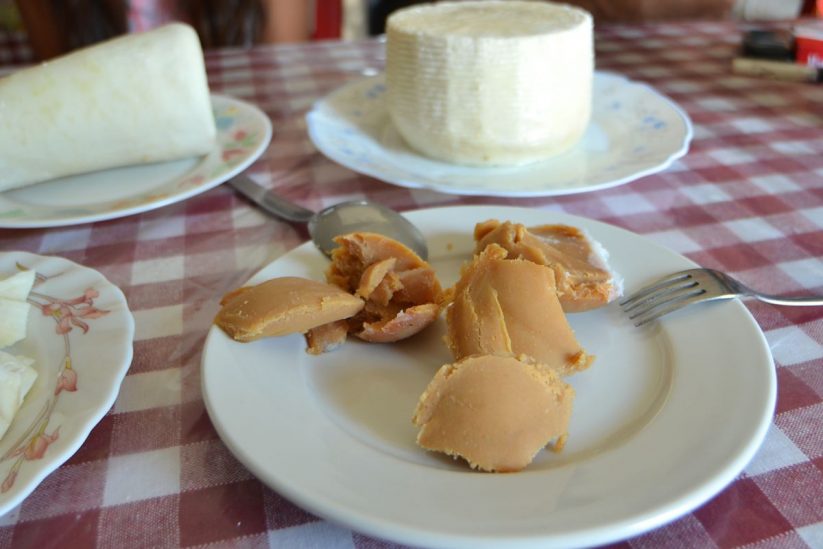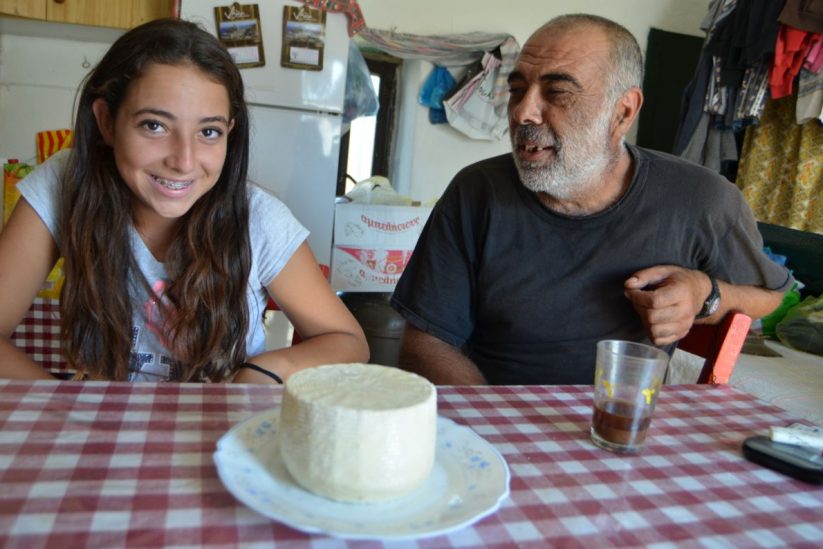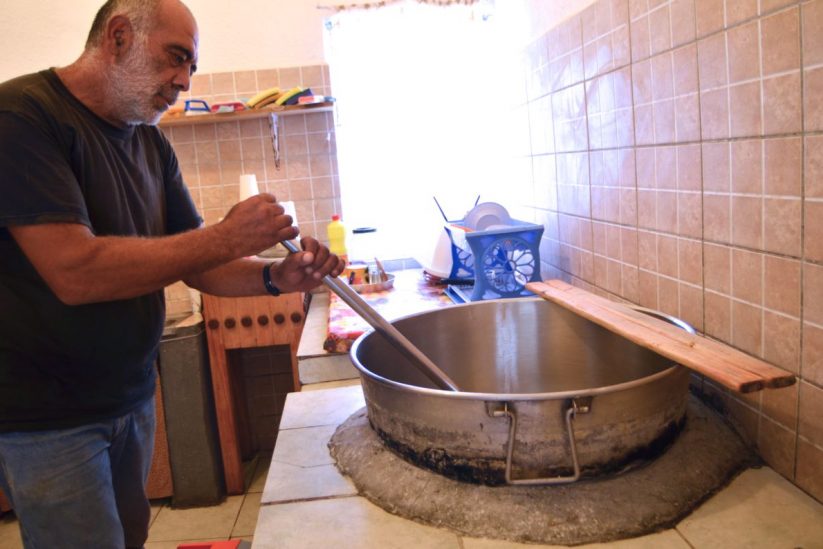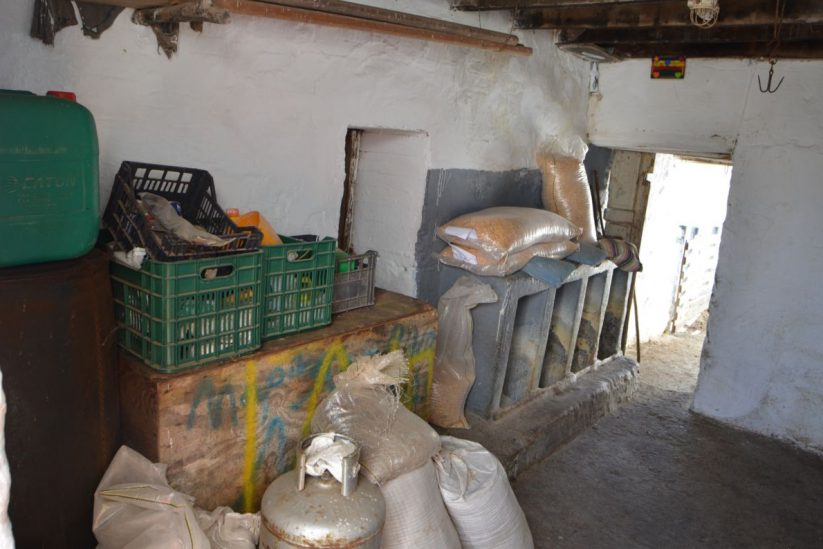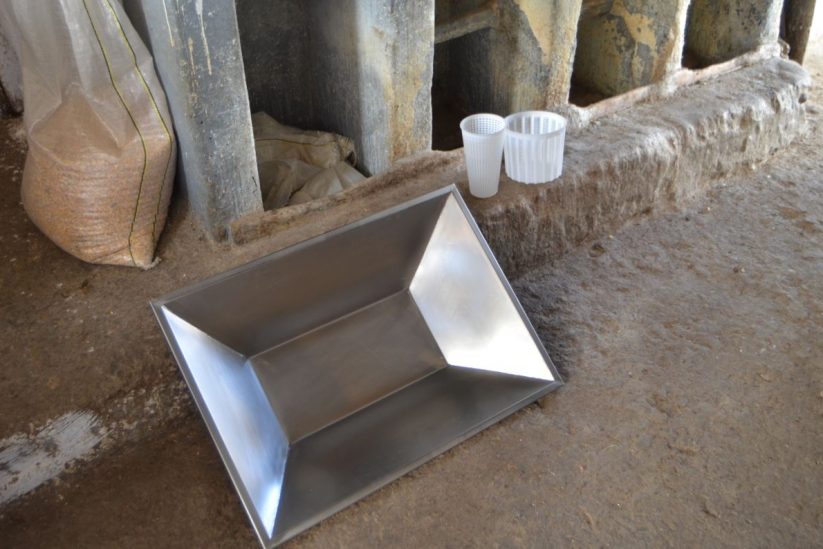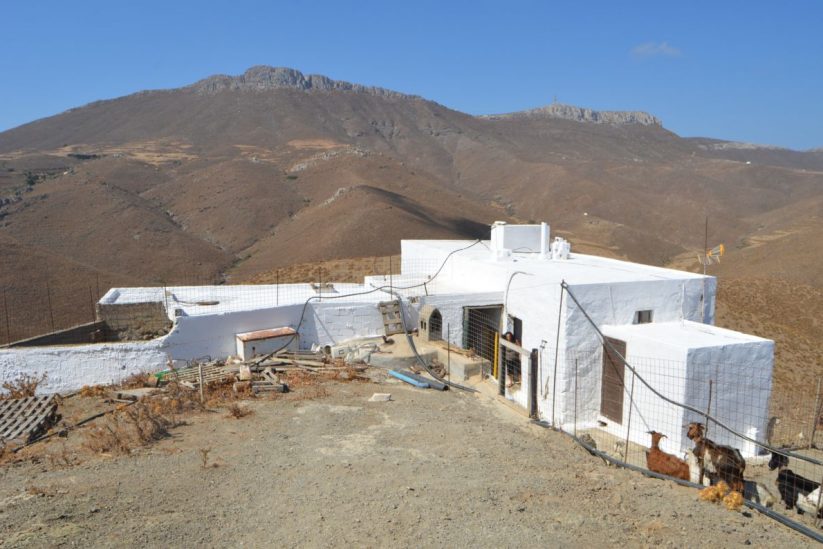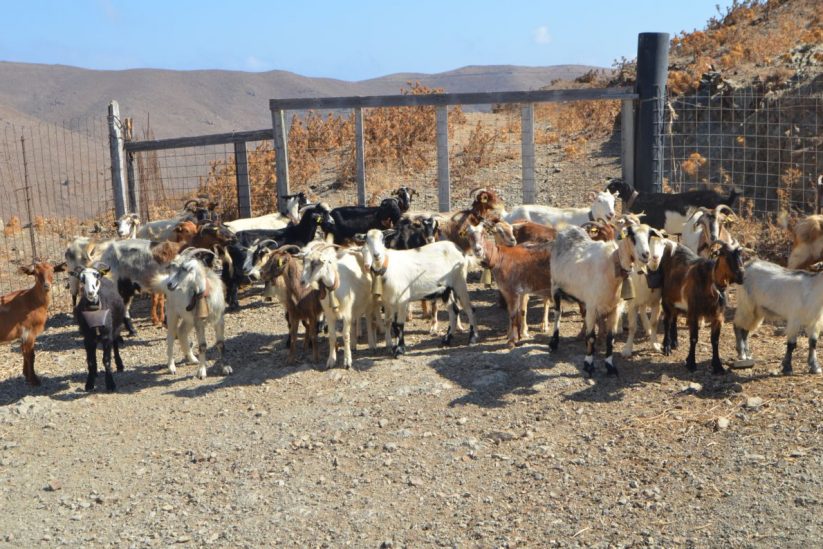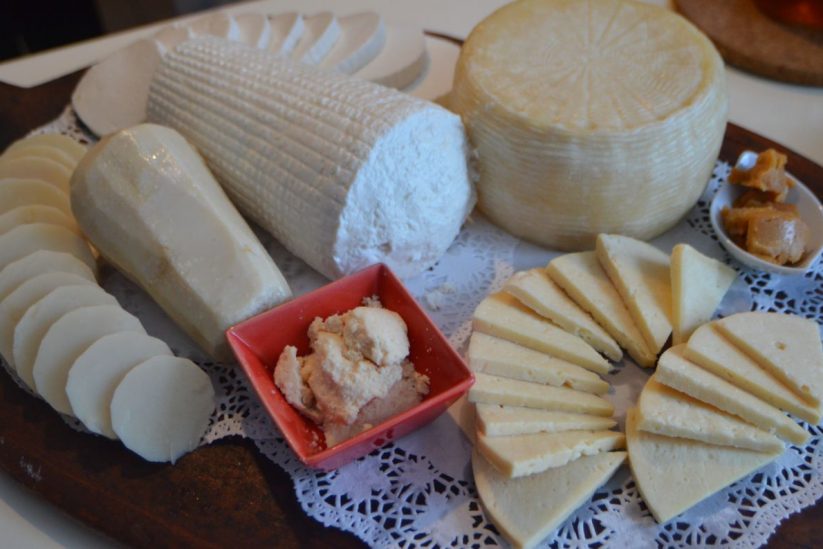Astypalea Cheeses
At Astypalaia, most of the land belongs to Ίforest of Panagia Portaitissa from where, every five years after an auction, the breeders rent the land, the yards - the stone buildings - that are on them and the animal kingdom.
The biggest cost for breeders is the fencing they have to do, with the installation of iron fences to plow their animals, not only regionally, but also internally to create pastures and separate the animals, the goats, etc., while the their other outlet is the feed for the summer.
Today, the 15 or so cattle breeders of the island, despite being modernized and using stainless steel cauldrons, boats and tools, plastic guns, which are much healthier than the traditional ones (when you cook the cauldron every now and then, you reasonably wonder where the ganoma went) remain illegal under European Union directives and cannot place their cheeses on the market. Fortunately, there are many friends, in the place and in Athens who prefer them.
The 20.000 sheep and goats that exist on the island produce, apart from meat, interests cheeses such as the green, the oil cheese, the green, the cream cheese and in smaller quantities the thug.
The traditional cheese-making as described to us by Giannis Pappas, a breeder located in a magnificent landscape, in the area of Meeras, ten minutes away from the town of Astypalia, is as follows:
The evening You milk two cans of milk, from about 200 animals. The milk is boiled for about thirty minutes at a temperature of 75 degrees and transferred to 2 stainless steel trays.
Early in the morning You milk two other cans of milk and boil one as in the evening, and place it in a cauldron, where you pour the milk from the two tubs after removing the butter and cream from the milk. With a shaker you start and stir the milk -after you have added pies- and at a temperature of 35 degrees after about an hour the coir (whey) coagulates and separates from the cheese. The cheese enters the cheese rolls cylindrically and in 24 hours the cheese called green. It is eaten fresh for a few days.
For drying it is salted and placed on the crib (a cane hanging from the ceiling) and turned over day after day until the cheese hardens. After a month it is ready, put in the oil and become oil cheese or waxed. The older the cheese, the more intense and interesting flavors it will present. The green (in a simple version or oil cheese) is eaten as a table or as they are used in Astypalea saganaki.
With the whey left over from the cheese-making and the fresh milk from the fourth tin, we make the green, that is, our well-known mizithra. Here the cooking is done at 120 degrees and the mizithra at the end of the process rises above the cirrus which is now for throwing or better to feed the pigs.
The green (mizithra) enters conical shots and the same cheese-making process is followed. Green is mainly used as a filling for various pies or for lasagna (local dish). When the mizithra is salted and aged it is done cream cheese, which is eaten both as table cheese and as grated cheese for spaghetti.
From cheese making, milk cream is used to make butter and conch, which is something like a brown clay, which is delicious when put in the pan to fry eggs.
Contact
- CategoryProducts
- LeaseAstypalaia

